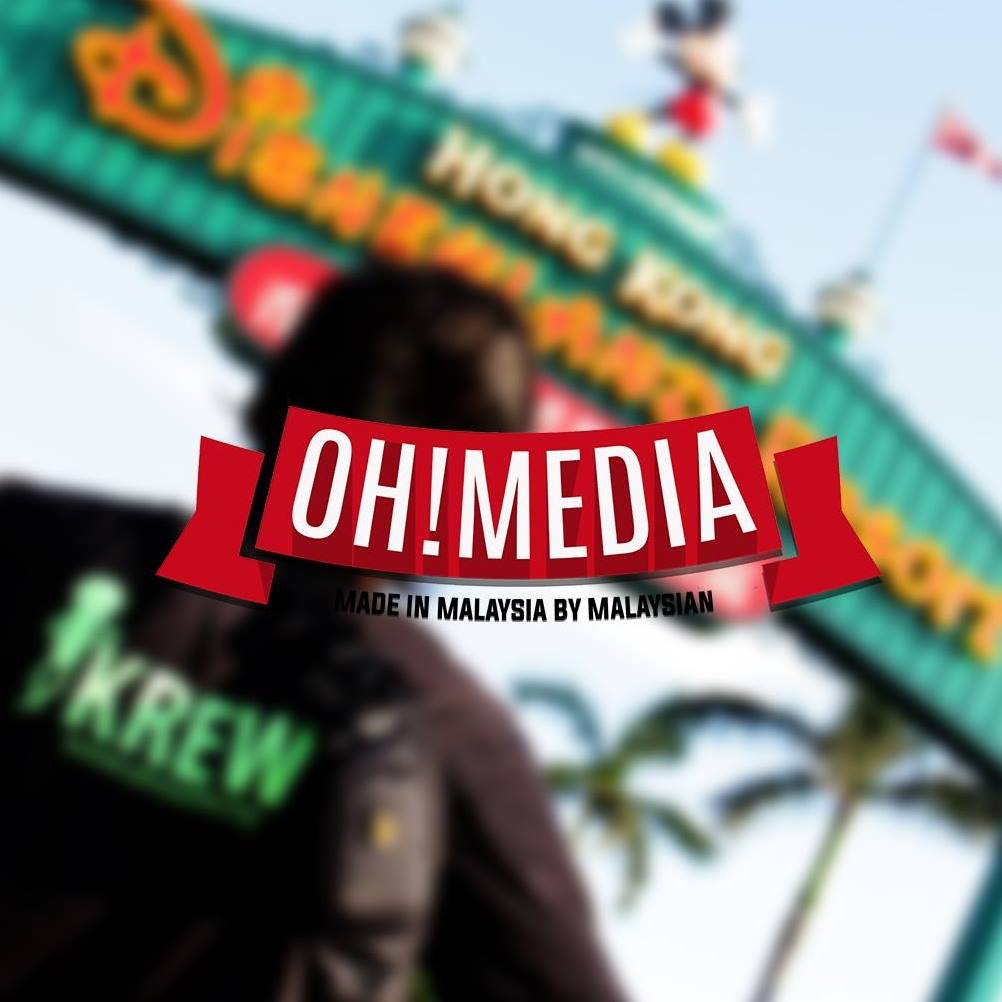Why Bahasa Melayu isn't dying - and what it really needs to grow
1 hour ago
IN Malaysia, language has always meant more than words. It’s how we carry our history, how we connect across difference, and how we make sense of who we are.
So, when people raise concerns about the future of Bahasa Melayu, especially its place among the younger generation, these concerns shouldn’t be brushed aside. But neither should they be met with panic.
The challenge is not that Malay is being abandoned, but that we haven’t done enough to help it thrive in the spaces where young Malaysians live, learn, and express themselves.
What we’re witnessing is not the disappearance of Malay, but the growing pains of a multilingual nation navigating globalisation, digital transformation, and unequal access to education. Reacting to these changes with defensiveness or policies rooted in fear will only narrow the possibilities for growth.
What we need instead is linguistic confidence: the belief that Bahasa Melayu can flourish alongside other languages, not despite them.
Why the anxiety?
Bahasa Melayu, enshrined in Article 152 of the Constitution, remains central to Malaysian nationhood. But the anxieties around its status, especially in comparison to English, often misread the bigger picture.
Language use is never just about loyalty; it’s shaped by opportunity, access and domain.
Among urban youth, code-switching between Malay and English has become an everyday norm. It’s how they move between WhatsApp chats and classroom discussions, between TikTok trends and job interviews.
This fluidity isn’t a rejection of Malay, it’s a pragmatic adaptation to a multilingual, globally connected world.
Rather than framing it as a threat, we might see it as a form of cultural agility – a reflection of how Malaysians live and communicate today.
Structure, not prestige, is the problem
The dominance of English in science, technology and higher education is not simply the result of Malaysians glorifying foreign languages. It reflects structural imbalances in the global production and circulation of knowledge.
A 2022 analysis by Neylon and Kramer found that over 90 per cent of scholarly publications with declared language metadata are in English. Non-English contributions make up just under 10 per cent, with Spanish, Portuguese and Russian trailing behind.
This asymmetry plays out in Malaysia too, where most academic journals, digital tools and educational resources are in English – not because of cultural betrayal, but because global knowledge infrastructures continue to centre English as the default.
Instead of blaming individuals for opting for English in professional spaces, we should ask why our systems have made it the only viable option.
Lessons from elsewhere
Some countries have responded to these pressures proactively. In South Korea, the National Institute of Korean Language (NIKL) has launched initiatives like Urimalsaem, an open-source dictionary that keeps Korean technologically relevant.
Malaysia’s Dewan Bahasa dan Pustaka (DBP) has made efforts to standardise terms like kecerdasan buatan (artificial intelligence), but these efforts require greater institutional support, funding, and public engagement.
Finland provides another model: Finnish remains the dominant language in public life, even as English is widely used in tech and academia. There, multilingualism has not diluted national identity, it has strengthened it.
From enforcement to empowerment
Revitalising Bahasa Melayu will take more than rhetoric or top-down enforcement.
It requires strategic, long-term investment in the environments where language is lived. That means:
Strengthening STEM education in Malay
While there are efforts to localise STEM (Science, Technology, Engineering, and Mathematics) content, they remain inconsistent and under-resourced. Translating high-quality scientific material, building technical glossaries, and supporting publication in Malay are essential. But these resources must also be pedagogically sound and meaningfully integrated into the education system.
Embedding Malay in the digital ecosystem
Bahasa Melayu must be visible and usable across the platforms that shape daily life. Its integration into apps, AI tools, and online commerce should be proactive – not an afterthought. Strategic partnerships with tech developers could ensure that Malay is not just translated into these spaces but designed into them.
Funding creative and cultural expression
If we want Malay to breathe beyond classrooms and government offices, we must invest in its presence across art, gaming, entertainment, and digital storytelling. Models like France’s “Netflix tax” or Korea’s cultural export strategies offer examples of how policy can empower creators to produce in their national languages.
Ireland offers a cautionary tale: although Irish Gaelic is compulsory in schools and holds strong symbolic value, its marginal presence in pop culture and everyday media has limited its fluency and everyday use. Without a living cultural ecosystem, even constitutionally protected languages risk becoming ceremonial rather than lived.
Astro’s DidikTV is a start, but a thriving language needs more than state media. It requires diverse, independent platforms that make Malay not just something to learn but something to create with, laugh in, and live through.
Recalibrating bilingual education
Malaysia’s Dual Language Programme (DLP) has potential, but its politicisation has stunted its impact. The goal should not be a hierarchy of languages, but fluency across them – especially for rural and under-resourced students. Singapore’s bilingual model, for all its flaws, shows what sustained, well-resourced language education can look like.
Letting Bahasa Melayu live
Bahasa Melayu is not in decline – it is in transition. And like all living languages, it needs room to grow. That means investing in the spaces where language breathes: in science labs and TikTok videos, in policy debates and pop lyrics, in memes, classrooms, and coding scripts.
This isn’t confusion – it’s vitality. A language that shows up in multiple forms and registers is not weakened by variation; it is strengthened by relevance.
Of course, not everyone will see it this way. For some, deviation from standard forms may feel like erosion. That concern comes from care. But preservation cannot come at the expense of participation.
Bahasa Melayu does not need to be protected through shame or fear – it needs to be trusted, entrusted to those who are learning it, living it, and daring to make it their own.
A language cannot flourish under surveillance. It thrives when it’s allowed to move, stretch, and stay relevant.
Bahasa Melayu’s future won’t be built by gatekeeping but by imagination. By the courage to let it grow into every future Malaysians dare to build.
Siti Nurnadilla Mohamad Jamil is Assistant Professor at the Department of English Language and Literature, AHAS Kulliyyah of Islamic Revealed Knowledge and Human Sciences, International Islamic University Malaysia. The views expressed in this article are his own and do not necessarily reflect those of Sinar Daily.
...Read the fullstory
It's better on the More. News app
✅ It’s fast
✅ It’s easy to use
✅ It’s free









